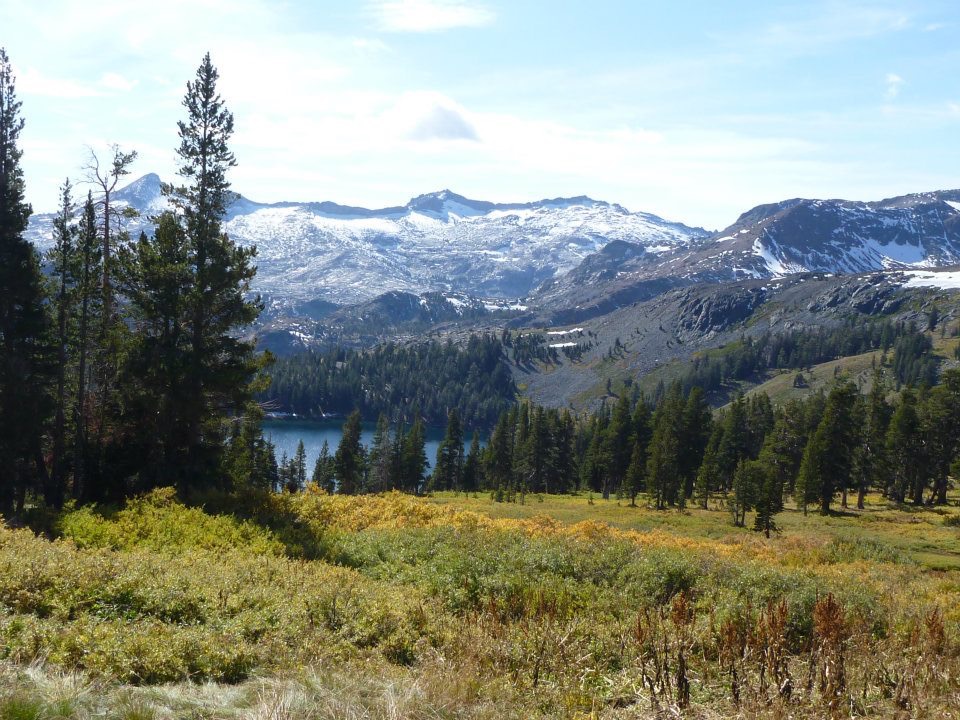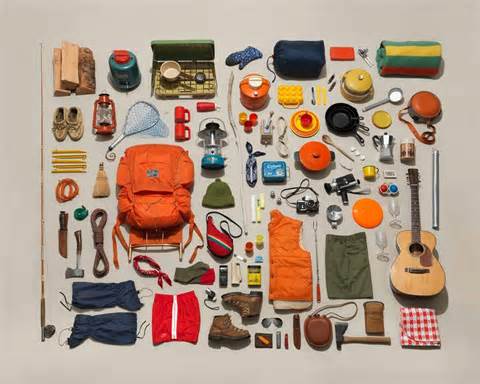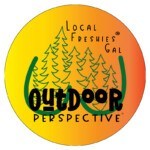Camping!

The perfect activity to get away from it all. An opportunity to become one with Mother Nature and enjoy the best she has to offer. It’s an activity that allows me to clear my head and leave the daily grind behind. Most of you have at least gone camping once or twice. Generally, the way it works is you pick out a location you want to explore and find a campground in that area. After preparing your gear you head out and arrive at the chosen spot. Unload and setup camp next to humming generators, RV’s and a hundred other people that had the same idea. While this can still be a great outing and experience, there are other options for those who are willing to put in a little extra work and preparation. You guessed it. Why not give backpacking a shot?
Got an adventurous spirit? This is a great option that will provide some of the most memorable outdoor experiences of your life! The key to a good outing is planning and preparation. For first timers it can be a little overwhelming deciding how “prepared” you need to be. First, a little disclaimer…we are not certified wilderness experts or guides so as with any activity do your homework before you go. This is a simple list of what has worked for us on prior trips.
Safety
Safety is the most important thing. We are assuming before you decide to go backpacking you have basic camping skills. You know how to start a fire, setup a shelter, know how to navigate, how to collect water and have a plan to call for help if need be.  With those basics covered we will move on. It’s always a good idea to carry as the maximum amount of first aid equipment as efficiently possible. Minor scrapes, cuts and bites can turn into a real problem if left untreated in the outdoors. More serious injuries can be maintained using good first aid equipment until additional help becomes available. Next, form and stick to a plan. This is known as a trail itinerary. It will include your route, where you plan to camp and how long you will be gone. Share with a friend or family and provide contact information for the local authorities in case you don’t return when expected. If this is something you plan to continue doing you might want to look into getting a beacon. This is a location device that can track you via GPS. If necessary you can activate a distress signal that will notify local authorities and Search & Rescue that you need help. Lastly, ensure you have proper gear and know how to use it.
With those basics covered we will move on. It’s always a good idea to carry as the maximum amount of first aid equipment as efficiently possible. Minor scrapes, cuts and bites can turn into a real problem if left untreated in the outdoors. More serious injuries can be maintained using good first aid equipment until additional help becomes available. Next, form and stick to a plan. This is known as a trail itinerary. It will include your route, where you plan to camp and how long you will be gone. Share with a friend or family and provide contact information for the local authorities in case you don’t return when expected. If this is something you plan to continue doing you might want to look into getting a beacon. This is a location device that can track you via GPS. If necessary you can activate a distress signal that will notify local authorities and Search & Rescue that you need help. Lastly, ensure you have proper gear and know how to use it.
Destination
 Where do you want to go? Of course we all want to go to the coolest spot with the best scenery around. Before doing so there are a few things that need to be taken into consideration. Prior to selecting the spot for your multi-day excursion think about your skills, the amount you want to spend and how much time you have and choose accordingly. Other factors to account for are season, trail and regulations. Different seasons provide different challenges when backpacking for obvious reasons. When examining the trail will your excursion be out & back or a loop, or is it point to point in which case you would need to arrange transportation upon completion. Finally, what permits are required? Know the local regulations. Are fires permitted, do you need an overnight permit and are bear proof canisters required? These are a few things you have to figure out before you go.
Where do you want to go? Of course we all want to go to the coolest spot with the best scenery around. Before doing so there are a few things that need to be taken into consideration. Prior to selecting the spot for your multi-day excursion think about your skills, the amount you want to spend and how much time you have and choose accordingly. Other factors to account for are season, trail and regulations. Different seasons provide different challenges when backpacking for obvious reasons. When examining the trail will your excursion be out & back or a loop, or is it point to point in which case you would need to arrange transportation upon completion. Finally, what permits are required? Know the local regulations. Are fires permitted, do you need an overnight permit and are bear proof canisters required? These are a few things you have to figure out before you go.
Supplies
 The frame of mind you need to take prior to selecting items you will take needs to be necessity over comfort. Bring everything you have to have first, and then fill up the remaining room with comfort items. Generically, make sure to pack proper clothing, sleeping items, emergency kit and cooking gear. Each of us has different comfort levels so you will need to decide what and how much to take in each category. Just remember you will be carrying the entire load on your back for the duration of your hike. Any chance you have to spare weight is a good idea.
The frame of mind you need to take prior to selecting items you will take needs to be necessity over comfort. Bring everything you have to have first, and then fill up the remaining room with comfort items. Generically, make sure to pack proper clothing, sleeping items, emergency kit and cooking gear. Each of us has different comfort levels so you will need to decide what and how much to take in each category. Just remember you will be carrying the entire load on your back for the duration of your hike. Any chance you have to spare weight is a good idea.
Packing
As a first timer it may seem okay just to stuff everything in your pack, through it in your car and head out. This is a mistake I made and learned the hard way. Most don’t know, but where you put things plays a major role in how comfortable your pack carries. The rule of thumb is to keep heavier items closer to you. It will help you keep your balance with the bulk of the weight being in line with your center of gravity. Fill in the existing areas evenly with lighter compressible items. Generally, starting from the bottom my pack goes sleep, eat, cloths and essentials. Sleeping bag, water, food, cooking gear, clothing with maps and snacks on top.
Whether looking to try something new or go on a full blown through hike such as the Pacific Crest Trail, give backpacking a shot. It’s the next step in camping and just might provide the additional adventure and excitement you’re looking for!








